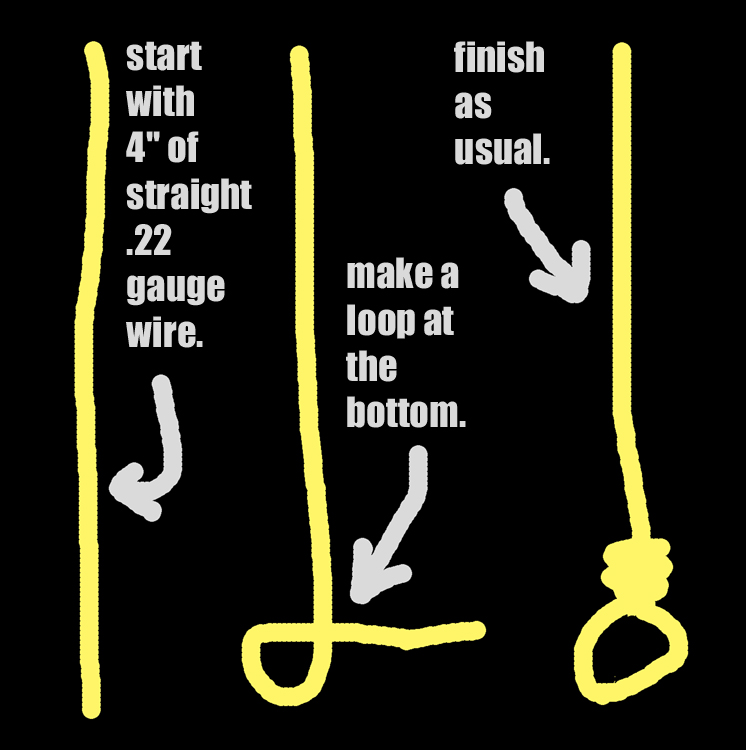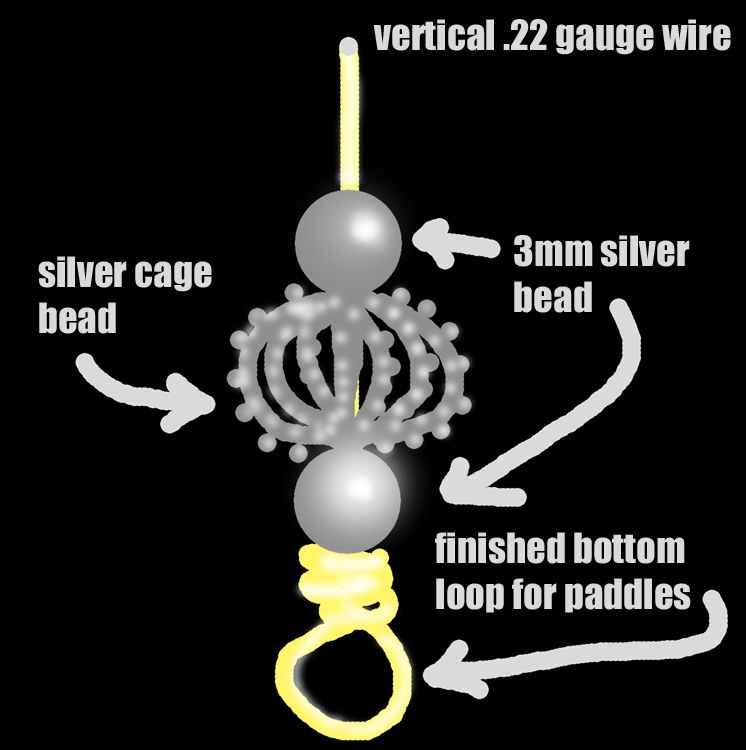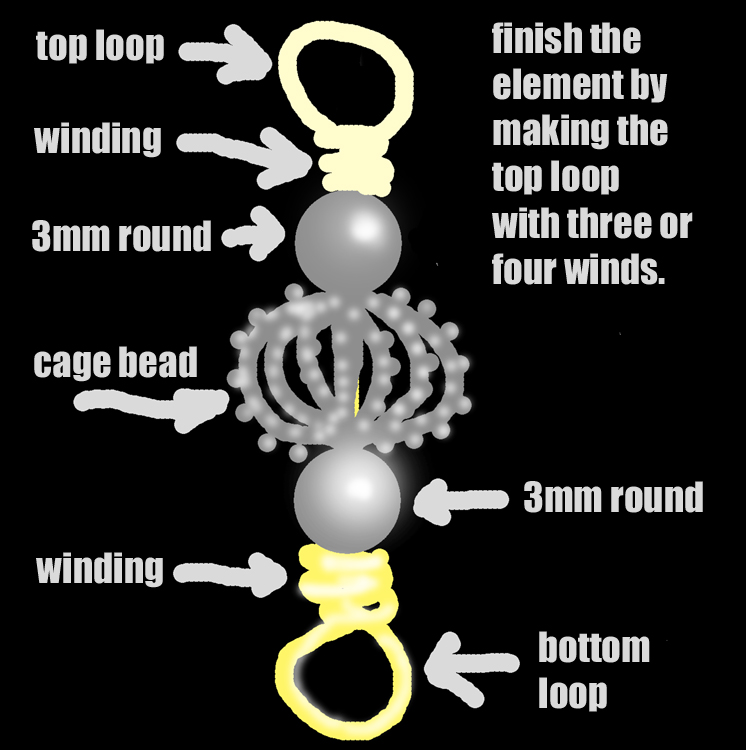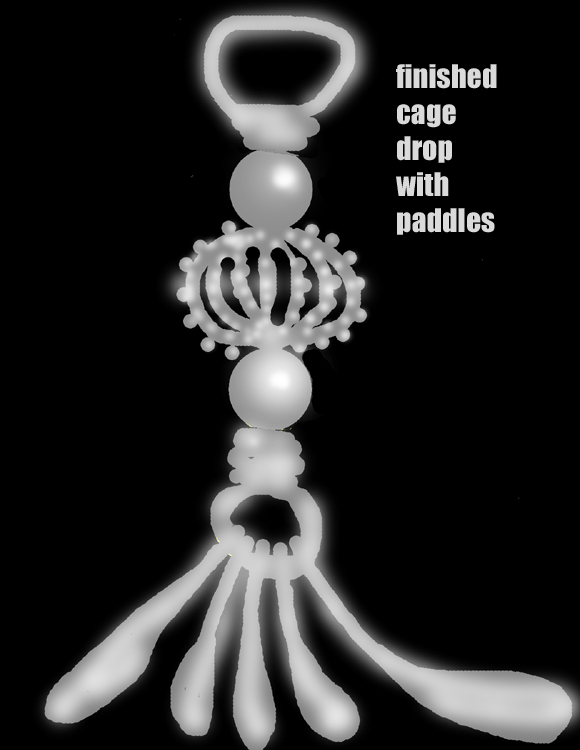
You’ll need to start with a good generous piece of straight .22 gauge wire, at least 4″ in length, until you get the “feel” of what length is good to work with. Don’t forget that almost all your scrap can be employed somewhere, somehow or another, mangled or not.
Ideal scrap length for .22 gauge is around 2″, or about 50mm, so as ye cut, so also shall ye reap.
With your needlenose pliers, gently make a circle in the wire near the bottom, leaving a tail of about 20mm, around 1″.
You might want to start with a longer piece, maybe 6″ — 150mm — if you’re a beginner. If you ARE a rank beginner, don’t get smart with silver. Make your big mistakes in copper while you still can. When you’re making jewelry for money, you can’t afford to work in copper, because although the labor is actually more than in silver, the customer won’t pay you what it’s really worth — they’re stuck on the price of copper.
How I make that work is I bring out a huge pile of raw copper and offer it at copper melt prices. Most customers get the point, and don’t fuss when I tell them that the price is the same for copper as it is for silver, less 10% to accommodate the higher cost of silver.
In large pieces, where the price is far above the metal cost, it doesn’t really matter, does it?

Thread the beads onto the .22 gauge vertical drop wire — the one that has the completed loop at the bottom, and do it in the following order: First the 3mm round. This can be a 4mm, 5mm or even a 6mm round silver or copper bead, if you prefer.
There are some spectacular cage beads available in copper, but this is really not a beginner project, although you’re more than welcome to try it as a first project if you like. Every jewelry disaster is a potential treasure, if you know how to rescue beads and wire, and by the time you finish this Stone Age Jewelry Course, you will know how.
In ancient times, resources were scarce — all of them, including water — and everyone knew how to conserve their precious supplies of whatever it was upon which their survival depended.
In the case of jewelry, objects of personal adornment, in particular beads, this was a very important part of their lives, because this jewelry was their means of transmitting family wealth down the generations. In the old days, the concept of “scrap” just didn’t exist. Everything got used right down to the marrow in the bones.

All you do to finish the drop is form a loop at the top about 6mm from the top of the topmost 3mm round “space” bead, then make three or four loops and check for any sharp spots, buff where needed.
NOW you can add the spoons or paddles onto the bottom loop, not before!

The finished drop looks terrific and adds quite a bit of flash to the product. Byzantine is a very specific design base, so do take the time to familiarize yourself with this powerful fundamental in modern jewelry design, profoundly influenced by the Eastern Empire beginning with the Emperor Constantine.
You will find similar design elements in every culture that developed metallurgy.
See You At The Top!!!
gorby

